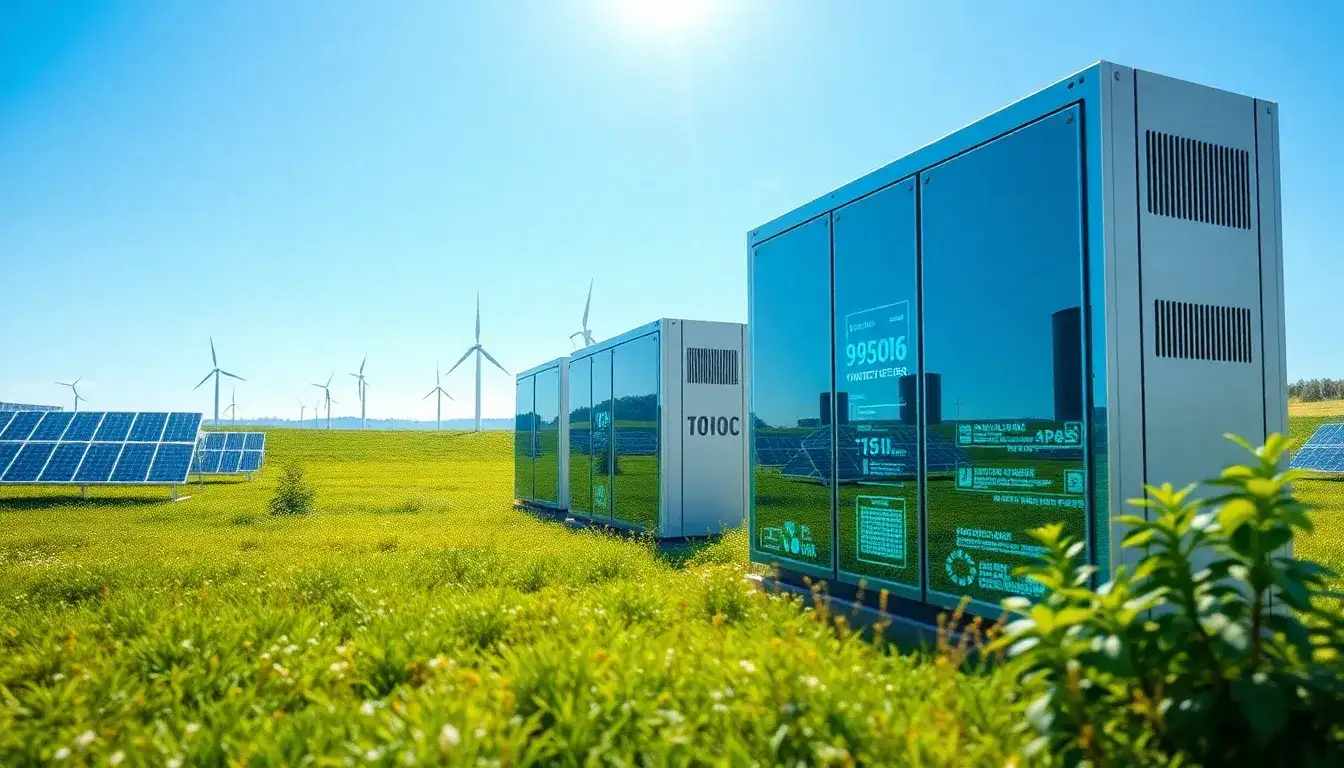
Researchers have advised electricity transmission system operators (TSOs) to consider implementing grid-forming battery energy storage systems (BESS) to enhance network stability and increase hosting capacity for renewable energy sources.
A study conducted by the Energy Systems Integration Group (ESIG), a U.S.-based professional organization, highlights the advantages of grid-forming (GFM) BESS. The report, produced by ESIG’s GFM BESS project team, investigates the benefits of integrating a GFM BESS within an electricity transmission network. The findings indicate that GFM controls can deliver grid-stabilizing characteristics that support the reliable operation of the grid as the proportion of inverter-based resources (IBR), such as solar and wind power, continues to grow.
While GFM controls can be applied to new solar and wind plants, ESIG points out that battery energy storage represents a particularly accessible opportunity for GFM integration. Existing solar, wind, and energy storage facilities without GFM controls utilize grid-following (GFL) inverters. The project team discovered that substituting GFM for GFL BESS within an electricity transmission system significantly improved the grid’s hosting capacity for solar and wind generation.
To reach this conclusion, the team analyzed a segment of an actual transmission network characterized as a weak area, which was “saturated” with 780 MW of solar generation capacity equipped with GFL inverters and 225 MW of GFL BESS. Although this weak section is connected to a stronger surrounding network, the researchers modeled it in isolation to simulate “the weakest grid conditions possible.” They found that while the local grid remained “marginally stable” with GFL inverters, replacing the 225 MW BESS with GFM systems allowed for the integration of an additional 125 MW of GFL-inverter-based solar capacity. This demonstrated that increased IBR hosting capacity was achievable before reaching a stability limit.
The study reported that GFL BESS had a “small incremental cost” when designed in from the outset but was still “dramatically lower in cost” compared to other solutions, such as synchronous condensers, which are motors activated by direct current that solely adjust grid conditions.
ESIG recommends that TSOs consider adopting GFM BESS on a system-wide basis to enhance stability and maximize IBR hosting capacity. Additionally, the report advocates for the development of technical requirements for GFM BESS integration into grid interconnection standards. The study urges stakeholders not to delay, stating, “Take advantage of BESS interconnections today” as “retrofits are expensive.”
The study characterized GFM BESS as a “do no harm” solution, as it offers stability benefits in weaker grids while operating reliably in stronger networks. The researchers noted that GFM BESS systems are interoperable with equipment supplied by various original equipment manufacturers and GFL inverters. They can defer more costly alternatives and serve as a temporary solution while longer-term strategies are developed.
The project team, which included Elevate Energy Consulting, Electranix Corporation, and ESIG in collaboration with the American Transmission Company utility, plans to publish additional insights on the benefits of GFM BESS for policymakers, regulators, and other decision-makers.
Original article by NenPower, If reposted, please credit the source: https://nenpower.com/blog/big-batteries-with-grid-forming-inverters-boost-renewable-energy-capacity/


